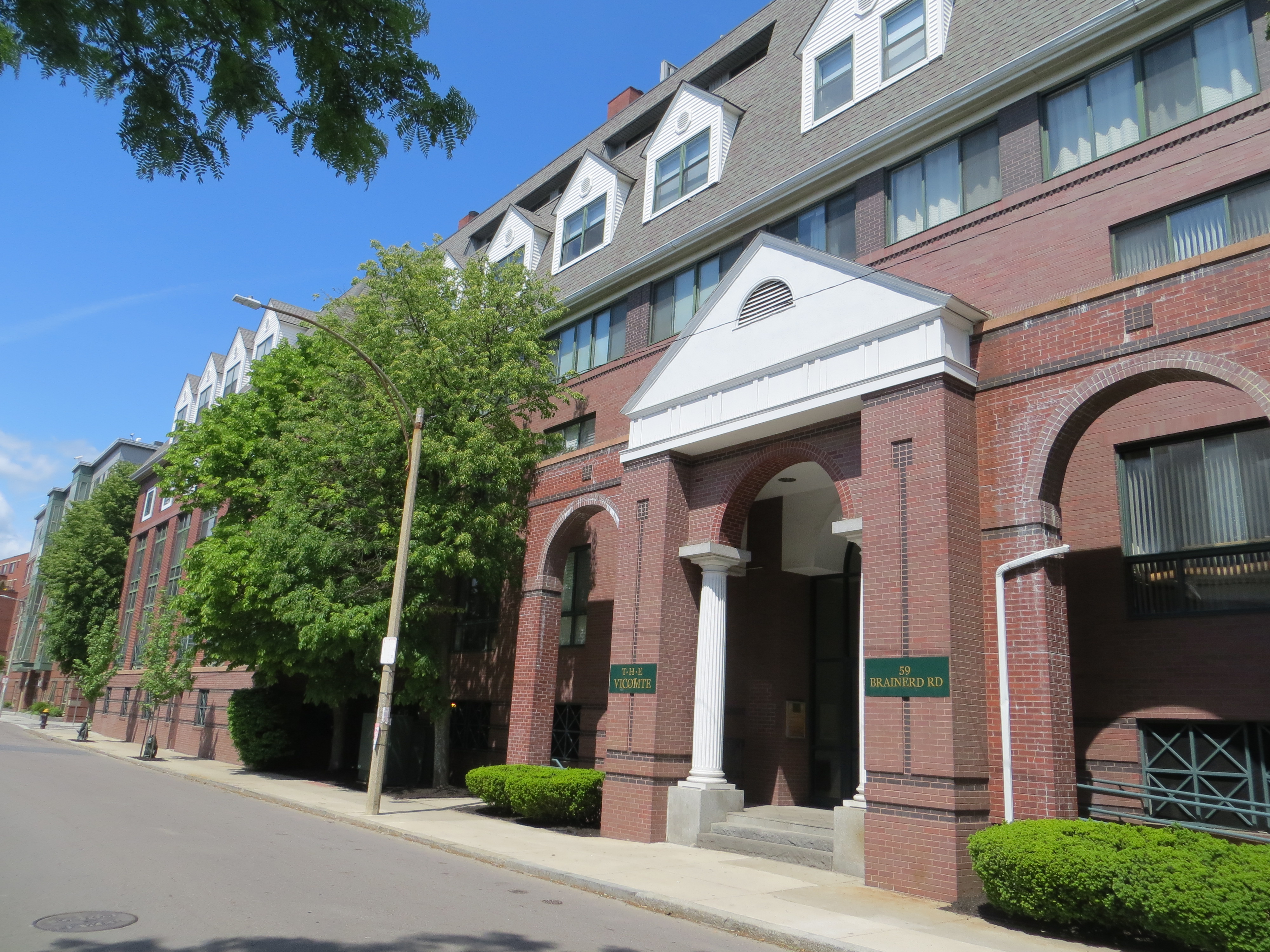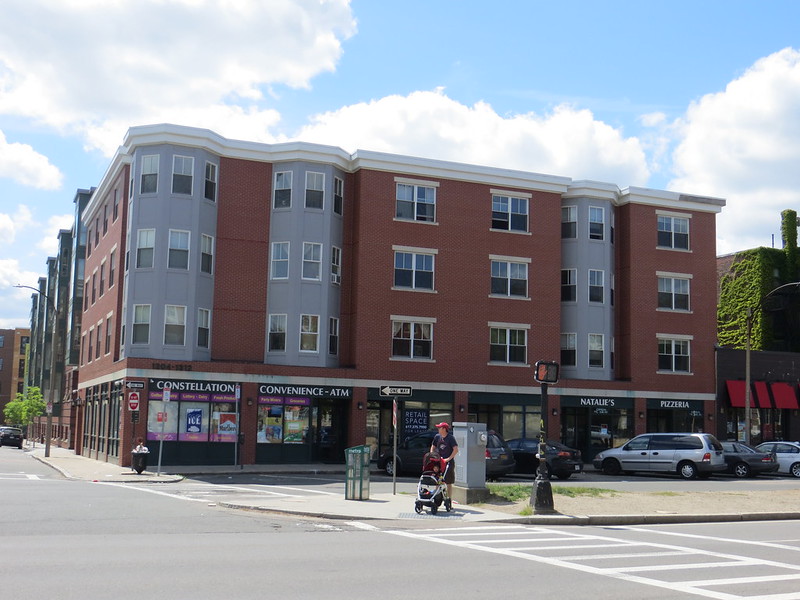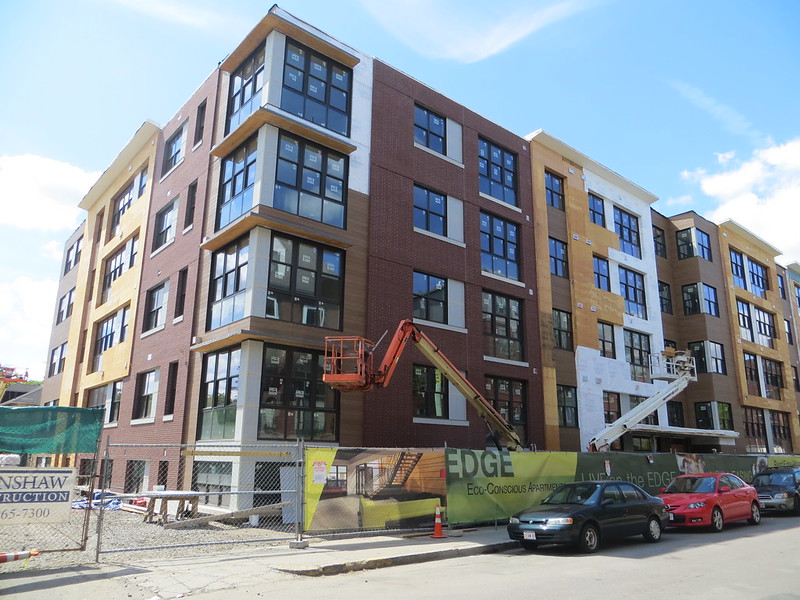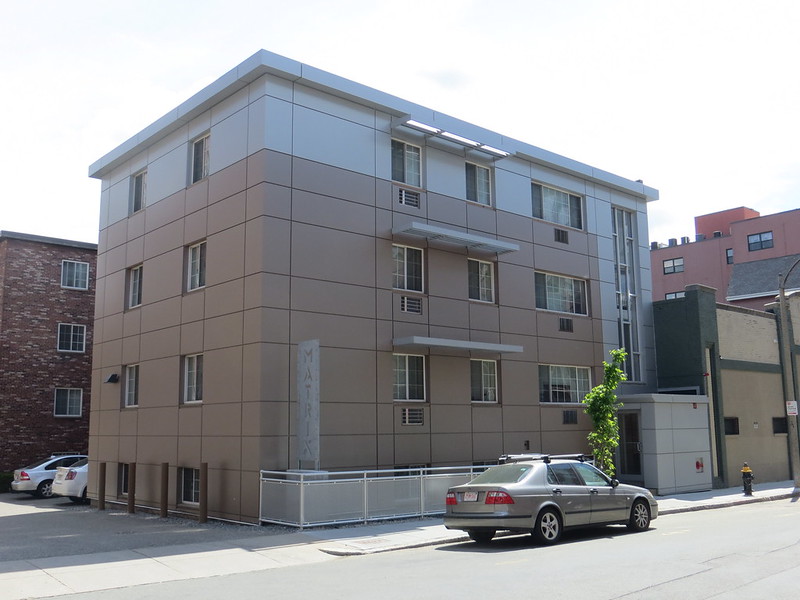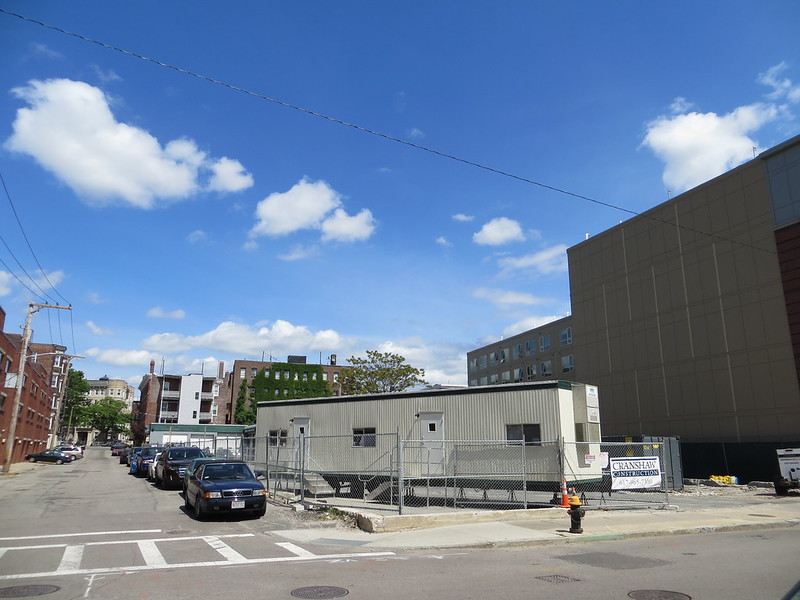You are using an out of date browser. It may not display this or other websites correctly.
You should upgrade or use an alternative browser.
You should upgrade or use an alternative browser.
Allston-Brighton Infill and Small Developments
- Thread starter kz1000ps
- Start date
blade_bltz
Active Member
- Joined
- Jul 9, 2006
- Messages
- 808
- Reaction score
- 0
Actual comment on the 1047 Comm Ave article:
Swell. Just what Allston needs. More f'ing students.
Hey Menino - why don't you just admit that you guys have engaged in a conspiracy to destroy Upper Allston as a community, so friends and big corporations can benefit?
- Joined
- Jan 22, 2012
- Messages
- 5,078
- Reaction score
- 1,661
Hah. Do they think these students are just going to spring up out of the ground? Besides, any schmuck can move into these units. People amaze me.
Updates. 1047 Comm Ave will be 180 units. The laundry and storage facilities will be moved into the various floors and the basement replaced with 55 parking spaces. Estimated rent is $1200/month for a unit. The units are basically studio apartments, with bathrooms and kitchenettes. They are intending to host a live-in manager in a special unit and a 24/7 front desk attendant. The ACA voted in favor of the project.
Hamilton wants to replace the parking lot and old house along Malvern Street with a 48 unit (all 2-BR, $1800/mo estimated) 6 floor building and 72 parking spaces. They intend to raze the house and turn that land into a parking lot with some trees. The project is still in early stages and I believe is going for Article 80 review by the BRA, so there should be ample opportunity for comment and changes. They are open to reducing the number of parking spaces in favor of some other use of the land. Personally I think it's a bit silly to replace the parking lot on the corner of Ashford and Malvern with one on the corner of Gardner and Malvern.
Finally, a preview of ideas for 392 Cambridge Street: maybe 4 floors, 40 units of housing, plus ground floor retail, street wall at 5-foot setback, parking in the rear. The owner would like to attract some kind of cafe to the ground floor. There is no building design yet, and it will also be under Article 80 review.
Hamilton wants to replace the parking lot and old house along Malvern Street with a 48 unit (all 2-BR, $1800/mo estimated) 6 floor building and 72 parking spaces. They intend to raze the house and turn that land into a parking lot with some trees. The project is still in early stages and I believe is going for Article 80 review by the BRA, so there should be ample opportunity for comment and changes. They are open to reducing the number of parking spaces in favor of some other use of the land. Personally I think it's a bit silly to replace the parking lot on the corner of Ashford and Malvern with one on the corner of Gardner and Malvern.
Finally, a preview of ideas for 392 Cambridge Street: maybe 4 floors, 40 units of housing, plus ground floor retail, street wall at 5-foot setback, parking in the rear. The owner would like to attract some kind of cafe to the ground floor. There is no building design yet, and it will also be under Article 80 review.
Last edited:
More appartments on Brainerd Road:
http://www.boston.com/yourtown/news/allston_brighton/2013/05/city_oks_building_with_104_apa.html
http://www.boston.com/yourtown/news/allston_brighton/2013/05/city_oks_building_with_104_apa.html
- Joined
- May 25, 2006
- Messages
- 7,034
- Reaction score
- 1,865
Looks good.
kz1000ps
Senior Member
- Joined
- May 28, 2006
- Messages
- 8,975
- Reaction score
- 11,766
Oh god, it looks like a parking garage. I was hoping the glazing was going to add up to give this some kind of verticality, but it looks like they plopped a completely different design on top of the pink monster.
Not one, but two completely different designs. Have all architects gone schizo?
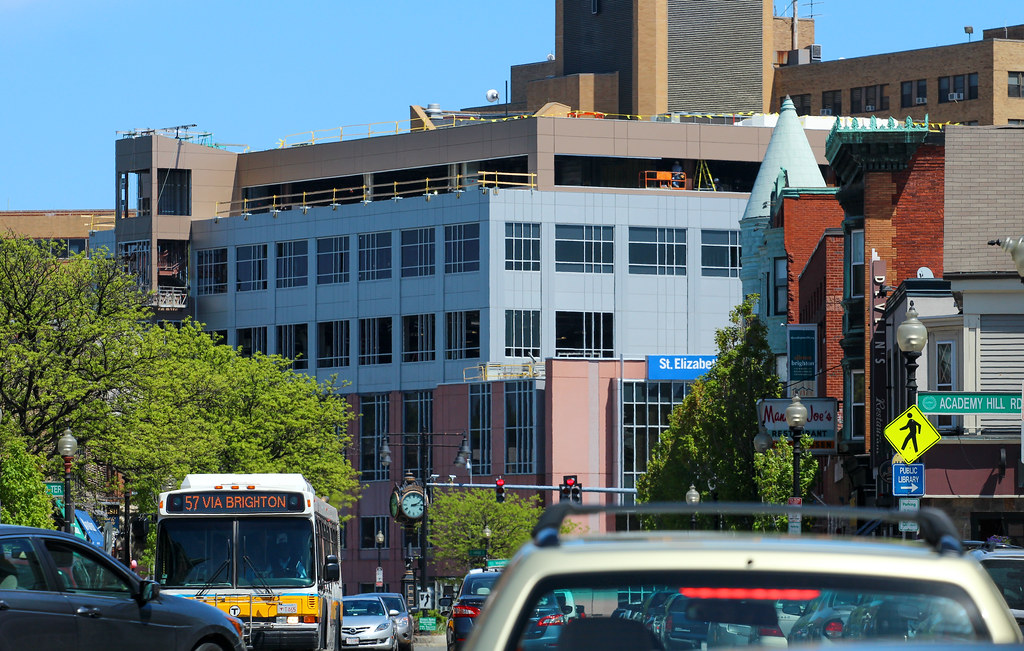
Are there any plans to tear down/replace any other parts of St. Elizabeth's?
I hope not. The '70s Soviet Russia motif actually works a lot better than the 2002 Office Park trash.
Which isn't saying much.
I would disagree - there's nothing worse than '70s Soviet Union architecture (I'm in Moscow right now; I speak from experience).
More broadly, as horrible, wretched, ugly as St. E's recent construction is, new construction represents investment in a hospital and inevitably an upgrade of facilities. Do the newest facilities necessarily mean better care? Probably not, but there's a >50% chance that with a science (such as medicine) when you have newer facilities, technology and methods, you'll see an improvement in research/care/problem-solving rather than the opposite.
So architecturally and for the sake of future St. E's patients and the people who work there, I hope we'll see more construction there.
More broadly, as horrible, wretched, ugly as St. E's recent construction is, new construction represents investment in a hospital and inevitably an upgrade of facilities. Do the newest facilities necessarily mean better care? Probably not, but there's a >50% chance that with a science (such as medicine) when you have newer facilities, technology and methods, you'll see an improvement in research/care/problem-solving rather than the opposite.
So architecturally and for the sake of future St. E's patients and the people who work there, I hope we'll see more construction there.
My point is that when a hospital constructs a new facility, there will likely be improvements in care resulting from the capital spend - new technologies, better-equipped facilities, more comfortable rooms, more space. Is that so audacious? If so, then why would hospitals spend billions to build new facilities? To worsen care?
I would say it's more audacious to say that LESS than 50% of the time capital spend campaigns at hospitals result in any improvements in treatment (your claim). Is that really what you think?
I would say it's more audacious to say that LESS than 50% of the time capital spend campaigns at hospitals result in any improvements in treatment (your claim). Is that really what you think?
My point is that when a hospital constructs a new facility, there will likely be improvements in care resulting from the capital spend - new technologies, better-equipped facilities, more comfortable rooms, more space. Is that so audacious? If so, then why would hospitals spend billions to build new facilities? To worsen care?
I would say it's more audacious to say that LESS than 50% of the time capital spend campaigns at hospitals result in any improvements in treatment (your claim). Is that really what you think?
The reasons for construction can be varied, self-serving and not always with an eye to patient care (Shapiro) plus aspirational elements are often VE'd out.
First, I made no claim, I simply asked you to back up your specific assertion. You did not.
Thanks for your engaging and civil tone; it's lovely.
Another reason hospitals may expand is to allow them to care for a more diverse set of patients (eg, more severe trauma), and therefore bring in more revenue, but that says nothing about better care. Many times, simple treatments can improve care. For example, restriction of antibiotic use and isolation of patients will decrease rates nosocomial MRSA infection. Surgeons using checklists is another example.
Whoa, easy, Trigger. You use a few technicalities here to go around my point - which is that it's overall probably a good thing if St. E's is expanding or constructing new facilities. Whether it's to improve existing care or to offer new treatments targeting new pathologies, this is still a good thing, no?
And while "simple treatments," as you put it (though, to be as much of a technicality-focused pain in the tuckus as you were, your examples weren't "treatments" but changes to protocols or procedures), can also improve care, does mean that new facilities and technologies do not help improve care? Just because non-costly procedural changes like your Atul Gawande example with checklists can improve care, that doesn't mean that capital improvements can't also improve care.
I don't know why you're demanding that I provide research showing that new facilities and technologies lead to better outcomes; it's sort of odd that you would do this when I initially noted "Do the newest facilities necessarily mean better care? Probably not" but that there was a good chance of this.
Nonetheless, I'll play along: A quick Google search shows that busier hospitals and magnet hospitals lead to better outcomes - if St. E's expands, it would likely become busier and potentially ultimately a magnet hospital. As for the impact of specifically new facilities, there's nothing that comes up in a 5-second search, but I don't think many people would prefer to be in a 1970s facility versus one built in 2013.
http://jnci.oxfordjournals.org/content/95/10/700.full
http://www.thirdage.com/medical-care/magnet-hospitals-have-better-outcomes
I don't know why you're against hospital capital investment, but I for one think it would *probably* be on balance a good thing to see upgrades at St. E's assuming they're not just pissing away the money for no reason other than to spend it.
- Joined
- Jan 7, 2012
- Messages
- 14,072
- Reaction score
- 22,797

